When you need the right materials to finish your next project, you have all sorts of finishes to choose from. A quick browse through the aisles of your local home improvement store can leave you scratching your head about what you should purchase. Is there really a big difference between spar urethane vs. polyurethane?
If you have ever wondered what the real difference is between these two popular types of finish, it’s time to find out more. Uncover the subtle differences and advantages of each of these products in this comprehensive guide!
What is Polyurethane?
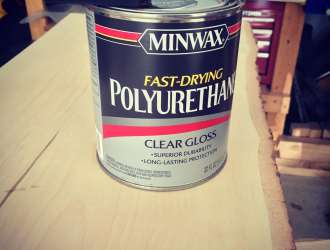 If you have ever completed a woodworking project, the chances are that you have encountered polyurethane before. This type of finish is considered to be one of the most versatile forms of finish on the market today, and it can be purchased in many different forms. You can choose from oil-based or water-based polyurethane, along with an assortment of different gloss levels. It serves as a very durable final coat for woodworking projects.
If you have ever completed a woodworking project, the chances are that you have encountered polyurethane before. This type of finish is considered to be one of the most versatile forms of finish on the market today, and it can be purchased in many different forms. You can choose from oil-based or water-based polyurethane, along with an assortment of different gloss levels. It serves as a very durable final coat for woodworking projects.
For those who are interested in the science behind polyurethane, it is a synthetic resin that is transparent in color and resists abrasion. It is also highly resistant to water, fungus, and mildew.
A water-based polyurethane is a great option for someone who is concerned about the environment. It is a little bit safer to use and typically has less fumes than a solvent-based polyurethane (most commonly sold as oil-based polyurethane).
What is Spar Urethane?
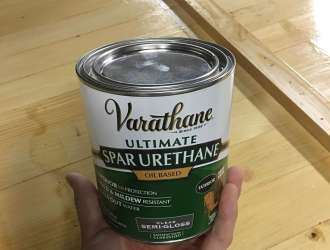 While most people have heard of the term polyurethane before, fewer people have heard of spar urethane. This specific type of finish is designed to withstand the elements on the wooden poles that support the sails of a boat, also referred to as the spars of the ship. Because this piece of wood must stand up to extreme moisture and wind, spar urethane was created to withstand the same conditions and to protect the spars of the ship.
While most people have heard of the term polyurethane before, fewer people have heard of spar urethane. This specific type of finish is designed to withstand the elements on the wooden poles that support the sails of a boat, also referred to as the spars of the ship. Because this piece of wood must stand up to extreme moisture and wind, spar urethane was created to withstand the same conditions and to protect the spars of the ship.
The history of spar urethane gives consumers some insight into when to use it, but how does it actually differ from polyurethane? The real difference lies in its high ratio of resins compared to solvents. It also contains some additives that make it great at dispersing ultraviolet light. This makes it a favorite for woodworkers who are constructing outdoor furniture or pieces that will be exposed to a great deal of sunlight.
Keep in mind that spar urethane does have a much thicker consistency than traditional polyurethane. It dries with exposure to circulating air, a process known as oxidation. As a result, it can dry must faster than regular polyurethane.
Much like polyurethane, there is also a water-based spar urethane that is slightly less common to see. Like the water-based polyurethane, this particular type of spar urethane is better for the environment, releases fewer fumes, and dries even faster than its oil-based counterpart. This makes it great for woodworkers who do not have a well-ventilated workshop or those who need to finish a project up quickly.
The Differences Between Spar Varnish and Polyurethane
There are several primary differences between spar varnish and polyurethane that set the two distinct classes apart from one another. Some of the differences are chemicals from the way that they are mixed.
Other differences are found in the actual application of the products themselves. Understanding these advantages and disadvantages will give you a better idea of when to use each one. Take a look at what sets each finishes apart from one another.
Amount of Oil
One of the first and most common differences that should be pointed out is the oil content between the two of them. Spar urethanes tend to have more oil mixed with them, making them a bit softer to work with. The extra oil also gives the finish more flexibility when it finally dries. Wood naturally expands and contracts with changes in humidity and temperature. Spar urethane is less likely to crack or chip under these circumstances.
On the other hand, polyurethane has slightly less oil and can be a little less pliable. While it can also hold up to some movement from the wood, it is slightly less flexible in this regard. It does create a lovely finish that is shiny and polished looking, but it is less flexible than spar urethane. While both are great for exterior use, this is just something to keep in mind.
Dry Times
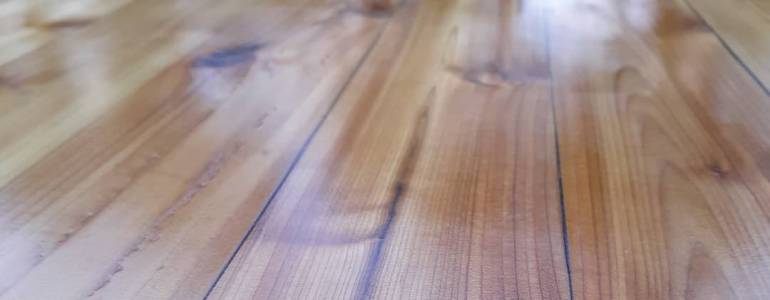 Spar urethane tends to have shorter dry times than traditional polyurethane. This means that you can complete your project much faster if you are using spar urethane compared to polyurethane. Particularly if you are going to need multiple coats of polyurethane, this time savings may really add up. Consider how many coats you might need. Most people find that they can only do one to two coats of polyurethane each day.
Spar urethane tends to have shorter dry times than traditional polyurethane. This means that you can complete your project much faster if you are using spar urethane compared to polyurethane. Particularly if you are going to need multiple coats of polyurethane, this time savings may really add up. Consider how many coats you might need. Most people find that they can only do one to two coats of polyurethane each day.
It should be noted that there are two different drying mechanisms in place when comparing spar urethane and polyurethane. Polyurethane simply dries, which requires a great deal of time to pass. Cold air or high humidity can drastically slow down the drying process for a traditional polyurethane. Because they dry slower, you also run the risk of dust and other particles getting in the finish before it is completely dry.
Spare urethane dries by oxidation or exposure to more airflow. If you set a fan on your project that has been finished with spar urethane, you can typically speed up the finishing process. This can be great if you want to finish the project quickly. However, it should be noted that it also diminishes your working time with the finish and could make it harder to get a smooth finish on the surface.
Application
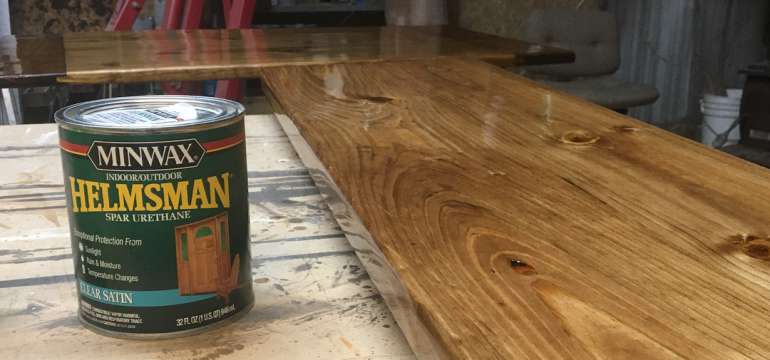
Both polyurethane and spar varnish should be applied to your project with a brush. Polyurethane can be applied with a traditional bristled brush or a foam brush. Spar urethane should be applied using a bristled brush because of its thicker consistency.
If you are brushing spar urethane onto a piece of furniture, be aware that you may leave behind brush strokes. Particularly if you have a lot of air circulating, it can dry extremely quickly. Once it hardens, you will not be able to remove those strokes, so take caution to paint the finish on smoothly from the very beginning. Polyurethane gives you a slightly longer working time so that you can go back through to eliminate any brushstrokes.
Both types of finish can also be applied using a wiping method. For the spar urethane, you will need to dilute it with half mineral spirits and half spar urethane. From here, you can apply it to the surface using a clean, lint-free rag. Keep in mind that you may have to add more coats when applying the finish this way because of the dilution process.
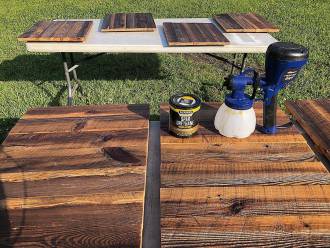 Some professionals believe that these finishes can also be sprayed on your project to minimize the risk of brushstrokes that could ruin your finish. Polyurethane tends to be the favored choice for spraying, as some professionals believe that spar urethane is too thick to be sprayed. You may need to thin it with mineral spirits first. Because you are thinning the finish again, you might have to apply more coats to achieve the desired finish thickness and consistency.
Some professionals believe that these finishes can also be sprayed on your project to minimize the risk of brushstrokes that could ruin your finish. Polyurethane tends to be the favored choice for spraying, as some professionals believe that spar urethane is too thick to be sprayed. You may need to thin it with mineral spirits first. Because you are thinning the finish again, you might have to apply more coats to achieve the desired finish thickness and consistency.
Polyurethane can often be purchased in spray cans that are already ready to use. This can even save you on the clean-up that a traditional paint sprayer would require. You may pay a few dollars extra for this convenience, but many people find it to be a worthwhile investment.
Keep in mind that your surface must be completely smooth in order to prevent bubbles and drips when spraying either type of finish. There should be no dust, dirt, sand, or other particles on the surface of the wood before you apply the finish. Otherwise, it will become trapped under the surface of the finish, and you will have to sand the urethane off to correct it.
Fumes
Spar urethane and oil-based polyurethane will both have some fumes associated with them. Working in a well-ventilated area is crucial with these products, though the polyurethane is slightly worse than the spar urethane. It is best to work with these types of materials in a well-ventilated area away from heat and fire.
Some products even recommend that you wear a respirator mask while working with these materials. They are not the most environmentally-friendly products available on the market today. Regardless of what product you are working with, you should wear gloves to protect your skin. You may also want to wear protective clothing to keep it from ruining your favorite t-shirt or pair of jeans.
If you are more concerned about your overall health or the environment, water-based polyurethane may be the better option for you. It gives off very low fumes and is not as combustible as its oil-based counterpart. The same goes for water-based spar urethane.
Indoor or Outdoor Use
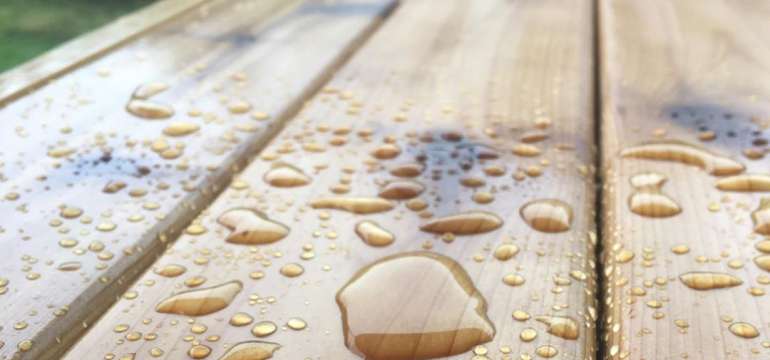 Spar urethane was originally designed to be used on the wooden parts of a ship. You may not be surprised to learn that spar urethane, as it is sold today, is also great for use on outdoor furniture products. It can be safely used both indoors and outdoors. Many people like to use spar urethane because it gives them a little more flexibility in how they choose to use their furniture after it’s been finished.
Spar urethane was originally designed to be used on the wooden parts of a ship. You may not be surprised to learn that spar urethane, as it is sold today, is also great for use on outdoor furniture products. It can be safely used both indoors and outdoors. Many people like to use spar urethane because it gives them a little more flexibility in how they choose to use their furniture after it’s been finished.
Oil-based polyurethane is a slightly more durable option, and it can also be used for both indoor and outdoor purposes. It can stand up in situations that bring extreme temperature changes, both hot and cold. Like spar urethane, oil-based polyurethane is also waterproof in nature and can easily stand up to rain and snowstorms.
It should be noted that spar urethane does have additives that help to dispel ultraviolet rays of light. These additives allow the spar urethane to help your wood maintain its same color even when exposed to sunlight. On the other hand, oil-based polyurethane does not have any of these same additives. It is more prone to change the color of the wood to a more amber color over time. Alternatively, it may allow the wood to bleach depending on the species.
Both types of spar urethane and polyurethane are flexible enough to allow the wood to expand and contract to some degree. This allows the wood to move naturally, even though the temperatures and humidity levels may vary in its surroundings. You will definitely want this type of flexibility if you are aiming to finish a piece of outdoor furniture.
Exposure to Chemicals
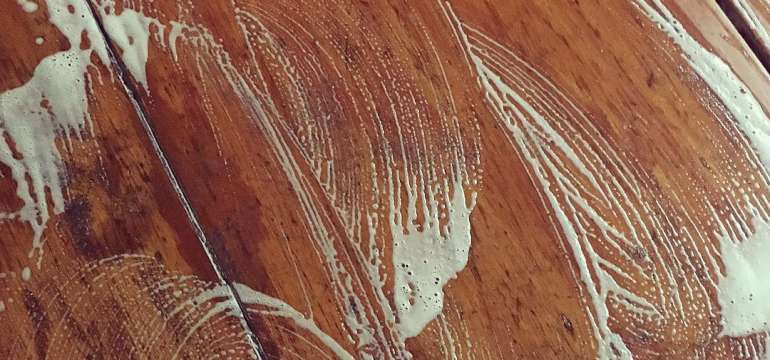
Depending on the project that you intend to craft, the finished product may need to be able to hold up under the use of other chemicals such as cleaners. How do spar urethane vs. polyurethane fare when exposed to other chemicals? This can make a big difference when deciding which one is right for your project.
Spar urethane is a little more susceptible to damage from chemicals or alcohol. The finish may actually be degraded when these chemicals are used to clean the surface of the wood. On the other hand, polyurethane is resistant to most chemicals, including alcohol. This could make it ideal for a tabletop or bar counter that must stand up to routine cleaning.
Price
For many people, they want to know exactly what the price difference is going to be between the two products. Because they share many similarities, the price may be the deciding factor for you. There are a few different things to consider when it comes to the cost of spar urethane vs. polyurethane.
First, spar urethane can vary significantly in quality from manufacturer to manufacturer. However, it is generally more expensive than polyurethane when it is well manufactured. Polyurethane tends to be a more affordable solution. It can also be a little pricier when purchased in ready-to-use spray bottles. Many people find that this is much more convenient for them and easier to apply, but you will pay for the convenience.
Spar Urethane vs. Polyurethane for a Table Top
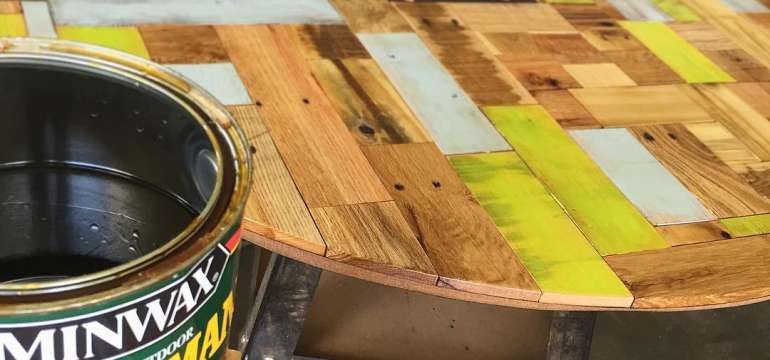
A table is one of the most common pieces of furniture that woodworkers are asked to create. These heirloom items can last for generations, so you want to make sure that you are using the proper type of finish. Should you use water-based spar urethane vs. polyurethane? Perhaps the oil-based version is the more durable option.
The good news is that you can really use either type of finish to create a beautiful custom tabletop.
Many woodworkers turn to oil-based polyurethane because it is the more durable out of the two options. Spar urethane vs. polyurethane can be a difficult debate, but polyurethane typically wins when it comes to indoor applications. It creates a finish that looks shiny and polished while remaining durable enough to last. Furthermore, it stands up well to chemicals, including alcohol. This makes it ideal for a table that will likely need to be cleaned with some degree of frequency.
You may consider using spar urethane or the water-based polyurethane if you must work in an area with very little ventilation. The oil-based polyurethane has a strong odor that can be unsafe for you to breathe for an extended period of time. It also requires a longer dry time, so make sure you allow enough time ahead to apply multiple coats.
If you happen to be crafting a table for your patio or sunroom, experts typically recommend going with the spar urethane. It is less susceptible to damage from UV rays and can prevent the wood from changing color. Spar urethane also offers slightly more flexibility so that the finish does not chip or crack as much when exposed to the changing temperatures, elements, or humidity levels.
Selecting the Perfect Finish
At the end of the day, you have to really evaluate how your project will be used and how much time you have to work on the piece. Both spar urethane and polyurethane are excellent choices, but they have very different uses. You must evaluate what your project truly requires before making a major decision. After all, the finish you choose ultimately influences what your project will look like and how it will perform.
Next time you need to purchase a finish, you can head to the home improvement store prepared to make the final decision. Keep some of these things in mind to help you make the wisest choice for your project!
- How to Cut Lexan - September 25, 2020
- Mineral Spirits vs. Mineral Oil - September 25, 2020
- Shellac vs. Polyurethane - September 24, 2020

Mike Kemper
Sunday 30th of July 2023
This was a very informative, helpful and well written article.
Thank You.